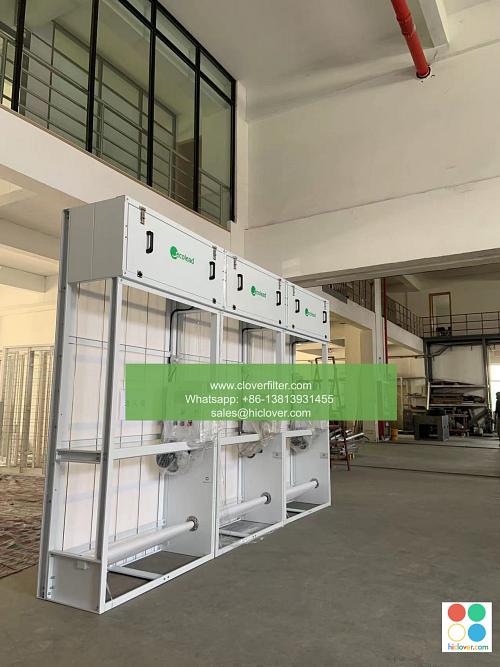Air Filter System Design and Integration: A Documentation Guide for Engineers

Air filter system design and integration is a critical aspect of ensuring good indoor air quality (IAQ) and maintaining the health and safety of building occupants. As an engineer, it is essential to understand the principles of air filtration, filter selection, and system design to create an effective and efficient air filter system. This guide provides a comprehensive overview of air filter system design and integration, highlighting various application areas and key considerations for engineers.
Introduction to Air Filter Systems
Air filter systems are designed to remove airborne contaminants, such as dust, pollen, and other particulate matter, from the air. The primary components of an air filter system include the air filter, fan, and ductwork. The air filter is the heart of the system, and its selection is crucial for effective filtration. Air filters can be categorized into different types, including HEPA (High Efficiency Particulate Air) filters, activated carbon filters, and ultra-low penetration air (ULPA) filters.
Key Considerations for Air Filter System Design
When designing an air filter system, several key considerations must be taken into account, including:
* Airflow rate: The airflow rate determines the amount of air that needs to be filtered, and it is essential to select a filter that can handle the required airflow rate.
* Filter efficiency: The filter efficiency is measured by its ability to remove airborne contaminants, and it is essential to select a filter that meets the required efficiency standards.
* Pressure drop: The pressure drop across the filter can affect the overall system performance, and it is essential to minimize pressure drop to ensure efficient operation.
* System integration: The air filter system must be integrated with other building systems, such as heating, ventilation, and air conditioning (HVAC) systems, to ensure optimal performance.
Application Areas for Air Filter Systems
Air filter systems have a wide range of applications, including:
* Commercial buildings: Air filter systems are used in commercial buildings to maintain good IAQ and prevent the spread of airborne diseases.
* Industrial facilities: Air filter systems are used in industrial facilities to remove airborne contaminants, such as dust and fumes, and prevent equipment damage.
* Healthcare facilities: Air filter systems are used in healthcare facilities to maintain sterile environments and prevent the spread of airborne diseases.
* Residential buildings: Air filter systems are used in residential buildings to maintain good IAQ and prevent the growth of mold and mildew.
Advanced Air Filter Technologies
Recent advancements in air filter technologies have led to the development of nanofiber filters, electrostatic filters, and UV-C light filters. These technologies offer improved filter efficiency, reduced pressure drop, and increased system performance.
System Integration and Controls
Effective system integration and controls are essential for optimal air filter system performance. This includes:
* Building management systems (BMS): BMS are used to monitor and control air filter system performance, ensuring optimal operation and maintenance.
* Air quality sensors: Air quality sensors are used to monitor IAQ and adjust air filter system performance accordingly.
* Filter monitoring systems: Filter monitoring systems are used to track filter performance and schedule maintenance.
Conclusion
Air filter system design and integration is a critical aspect of maintaining good IAQ and ensuring the health and safety of building occupants. By understanding the principles of air filtration, filter selection, and system design, engineers can create effective and efficient air filter systems. This guide has highlighted various application areas and key considerations for engineers, and it is essential to stay up-to-date with the latest advancements in air filter technologies and system integration to ensure optimal performance. You haven’t asked a question or provided any context. What would you like to talk about or ask? I’ll do my best to assist you.

